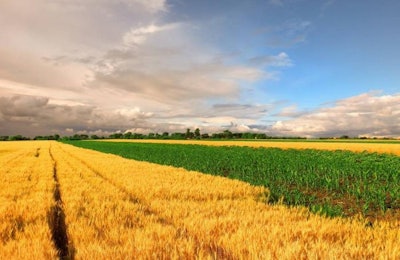
New reports of mycotoxins have been reported in the U.S. corn, wheat and barley crops in the past week, according to Neogen’s Mycotoxin Report on August 29.
Corn
Seventy-five percent of the corn crop is in good to excellent condition, and 7 percent is in poor to very poor condition. The states with the poorest ranking of corn quality are South Dakota, Michigan, Ohio and Pennsylvania.
There are drought concerns in areas of the Southeast, Ohio, New York, the Northern Great Plains and California. Drought increases the risk for aflatoxin and fumonisin in corn.
The forecast bumper corn crop also can lead to increased toxin risk, as a larger harvest creates the need for outside ground piles, and low prices will delay farmer selling, leading to longer periods of storage.
In the past week, there were new confirmed reports of aflatoxin in corn in Alabama and South Carolina. This is in addition to previous reports from:
- Texas
- Georgia
- North Carolina
- Oklahoma
New confirmed reports of fumonisin in corn came from Texas and Oklahoma.
Wheat
Winter wheat harvest is complete, and the spring wheat harvest is 65 percent complete – 19 points ahead of last year. Good wheat harvest has resulted in ground pile storage, which can compromise quality.
A new report of deoxynivalenol (DON) in wheat was confirmed in Montana. This is in addition to Neogen’s previously reported list:
- North Dakota
- Pennsylvania
- Georgia
- North Carolina
- Kansas
- Missouri
Barley
The barley harvest is 70 percent complete, 18 points ahead of the five-year average. All of the main barley-producing states are ahead of the average harvest.
DON has been reported in barley in the following states:
- Delaware
- Maryland
- North Dakota















